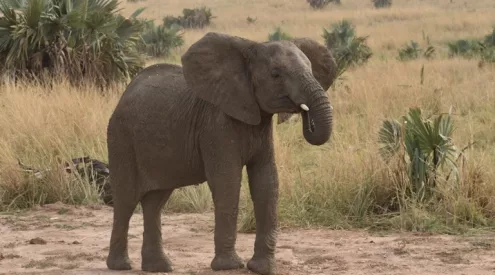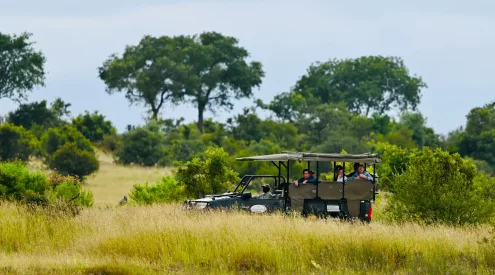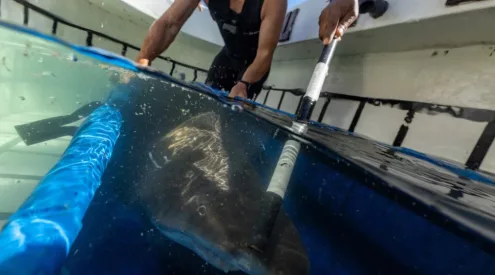Despite progress in curtailing the trafficking of iconic species such as elephants, a recent UN report reveals that illegal wildlife trafficking continues unabated on a global scale.
Every four years, the UN releases its World Wildlife Crime Report. The latest report, released for 2024, was published on Monday.
In the recent report, the UN highlights that wildlife trafficking has not seen a significant enough decrease over the past two decades, prompting a call for enhanced enforcement of existing laws, including measures to combat corruption, on a global scale.
“There has been tangible success against trafficking of some iconic species, while cross-border cooperation and criminalization of wildlife crime have both improved. Nevertheless, the magnitude of this illegal trade remains immense, affecting thousands of species of animals and plants and spanning more than 160 countries and territories. Much more work is urgently needed to tackle challenges both chronic and emerging,” read the report.
A key takeaway from the report points out that corruption has overtaken existing regulations and enforcement around wildlife crimes while technology has accelerated the capacity of traffickers to reach global markets.
For this reason, criminal justice responses should be modernised, strengthened and harmonised from source to end markets.
A broader strategy to address organised crime, as a whole, is required to halt organised crime groups operating in some of the most fragile and diverse ecosystems from the Amazon to the Golden Triangle, and in Africa.
“With thousands of wildlife species affected and a diverse range of distinct markets driving multiple environmental and societal harms, interventions to reduce wildlife trafficking need to be prioritized and more strategic,” stated the UN.
Between 2015 and 2021, seizures of 13 million items revealed an illegal trade involving approximately 4,000 plant and animal species across 162 countries and territories. Among the most commonly trafficked species were corals (16%), crocodilians (9%), and elephants (6%).
Beyond the trafficking of iconic species, wildlife crime also includes activities such as the illegal collection of succulent plants, rare orchids, and the trafficking of various reptiles, fish, birds, and mammals, which contribute to local or global extinctions.
Efforts to combat trafficking in elephant ivory and rhinoceros horn have shown positive signs, with decreases observed in poaching, seizure levels, and market prices over the past decade. However, wildlife trafficking remains a significant challenge.
The 2024 World Wildlife Crime Report brings to light ongoing challenges and highlights the need for continued efforts to combat illegal wildlife trafficking. Read the full report here.
Image: Unsplash /Matthew Spiteri


















